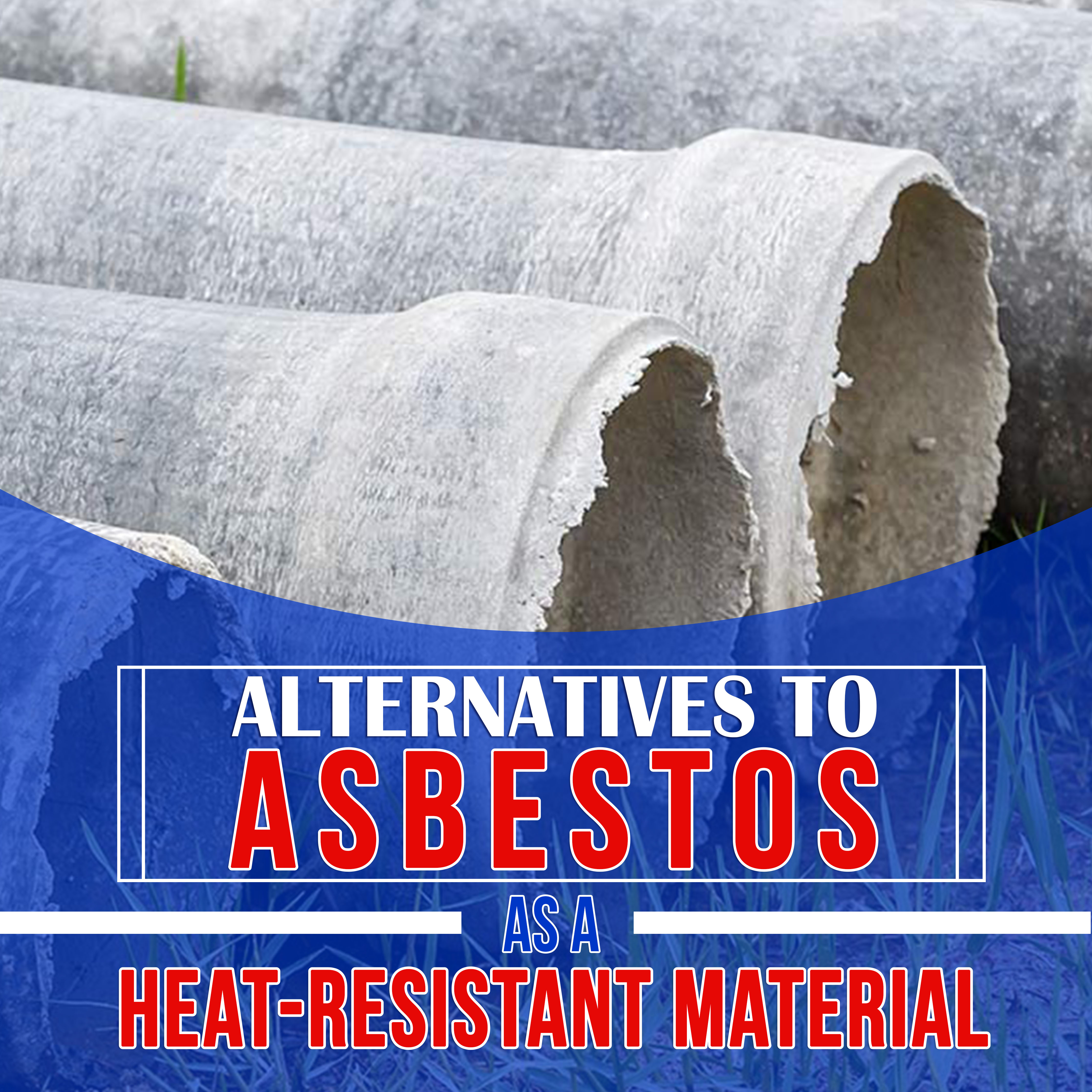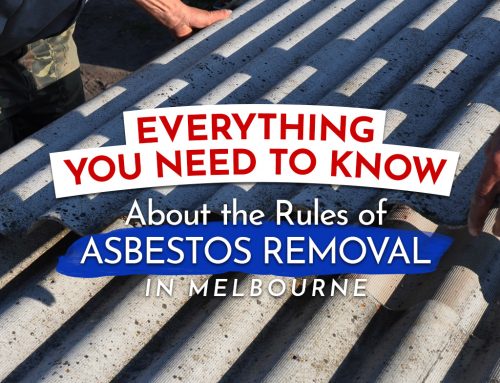With its durability and high resistance to heat, asbestos used to be a desirable material in building constructions. However, asbestos was discovered to come with severe damaging health effects, leading to its ban in Australia almost two decades ago. This paved the way for the search for alternatives that can give the same fire-proofing properties but are much safer for applicators and occupants.
Check out these 6 heat-resistant products that can act as a replacement for asbestos.
6 Thermal-Resistant Products that can Substitute Asbestos
1. Amorphous Silica Fabrics
Amorphous silica fabrics can be utilised for insulation and protection applications due to their ability to withstand extremely high temperatures. These fibres do not easily burn or rot, making them a great substitution for asbestos. Their resistance to heat can be of great use to areas that demand sufficient amounts of insulators like shipyards, electrical and aerospace industries. However, they are reportedly unsafe for residential buildings and home renovations as these fabrics contain fibreglass.
2. Cellulose Fibre
Probably the most popular replacement for asbestos, cellulose fibres are widely-accepted for a multitude of reasons. First, they are easy to manufacture since cellulose insulation only requires shredding newsprint papers into fine pieces and letting them dry out through chemical treatments that will reduce the moisture and increase thermal resistance, making them fire-proof.
Since the raw materials needed to generate cellulose fibres are readily available, going green is never a problem. In fact, 85% of these fibres are typically made of recycled content. They are also reported to reduce energy costs by up to 30% every year.
Unlike the amorphous silica fabrics, cellulose fibres are generally safe to use for residential properties. In fact, an estimated 15% of eco-friendly buildings in the US are made of this alternative. Even the textile industries can benefit from these.
3. Polyurethane Foams
These water-based foams come in the form of spray products with high insulating properties. This makes them an excellent material for roofing, especially in areas that are exposed to intense heat. Aside from the roof, polyurethane can also be found in flotation devices, car cloth, and seats, cushions and movie theatre seats. The foam is often combined with plastics and rubber to add to its strength.
Similar to polystyrene, the bubbles trapped inside the foam give polyurethane its ability to resist extremely hot temperatures. They are safe to use and apply to any type of building without the risk of emitting harmful gases. Polyurethane foams are also safe for people with allergies to dust and mould since they have the ability to create a tight seal, leaving no room for the allergens to form.
This alternative is relatively cheap with an estimated 30-35 percent decrease in annual energy costs.
4. Flour Fillers
These insulating alternatives are used to fill the cracks and crevice fillers on the walls. Flour fillers are affordable and easy to make since they only require naturally-available resources like pecan shells, wheat flour, rice flour, rice hulls, etc. With its environmentally-friendly ingredients, it can guarantee your safety from damaging effects.
5. Thermoset Plastic Flours
Thermoset plastic flours are widely-known in the construction industry as they are initially used as a replacement for asbestos for thermal and sound insulation. They are made of liquid and powder, particularly wood flour and other cheap fillers that can be moulded to your desired shape.
These flours’ versatility has found wide application for auto parts and electrical insulation. They can be beneficial to car manufacturers as a substitute for asbestos in brake linings of the vehicles since their materials make a good combination of strength and insulation.
6. PBI Fibre
Polybenzimidazole, also known as PBI fibre, is a synthetic fibre that makes a good alternative to asbestos in producing personal protective equipment (PPE) such as firemen and astronaut equipment. They are recognised to exhibit thermal stability and excellent fire resistance, making the material beneficial in extremely heated environments. However, PBI fibre raises alarms regarding the safety of the person wearing the equipment as it can trap heat and can, therefore, pose danger due to hot environments or intense activities when wearing it.
These alternatives are undeniably much safer to use than asbestos. While some may be easier to manufacture given the availability of materials, it is still advised to seek services from professional asbestos removal companies when performing the asbestos replacement. Otherwise, the chances of exposure to asbestos might still be high.
Was this article helpful? Visit our blog to learn more.





